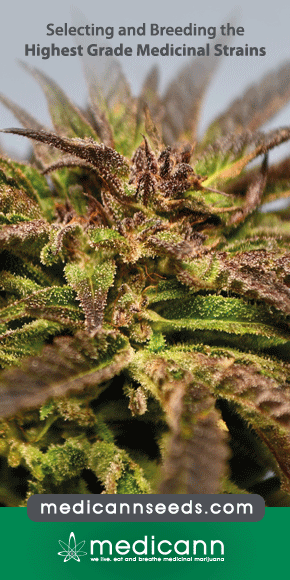The therapeutic potential of cannabis and cannabinoids
Cannabis-based medications have been a topic of intense study since the endogenous cannabinoid system was discovered two decades ago. In 2011, for the first time, a cannabis extract was approved for clinical use in Germany. In Germany, a cannabis extract was approved in 2011 for the treatment of moderate to severe refractory spasticity in multiple sclerosis. It is commonly used off label for the treatment of anorexia, nausea, and neuropathic pain. Patients can also apply for government permission to buy medicinal cannabis flowers for self-treatment under medical supervision.


